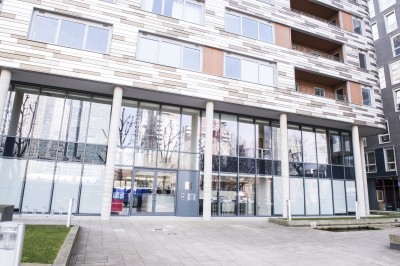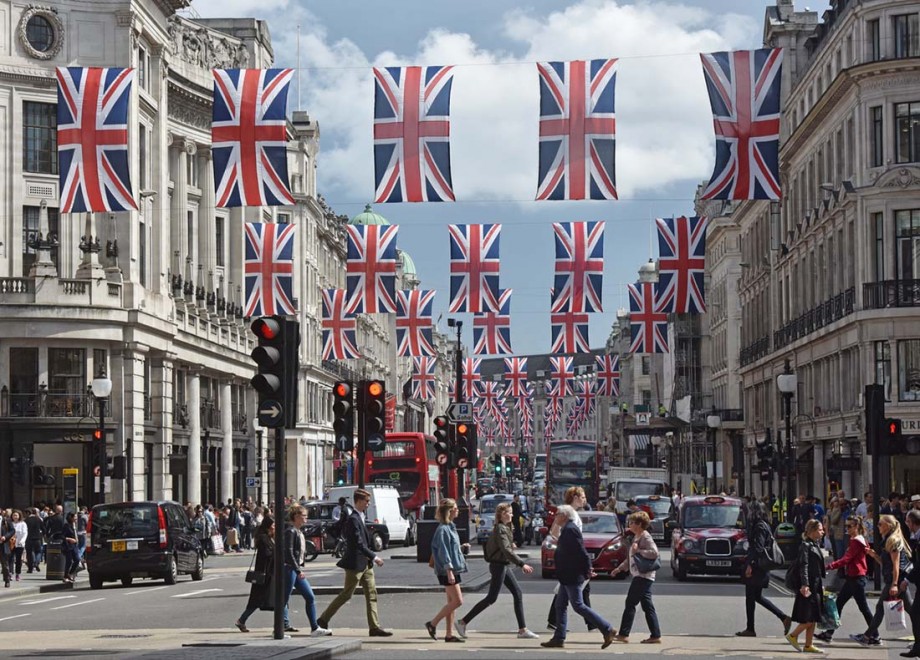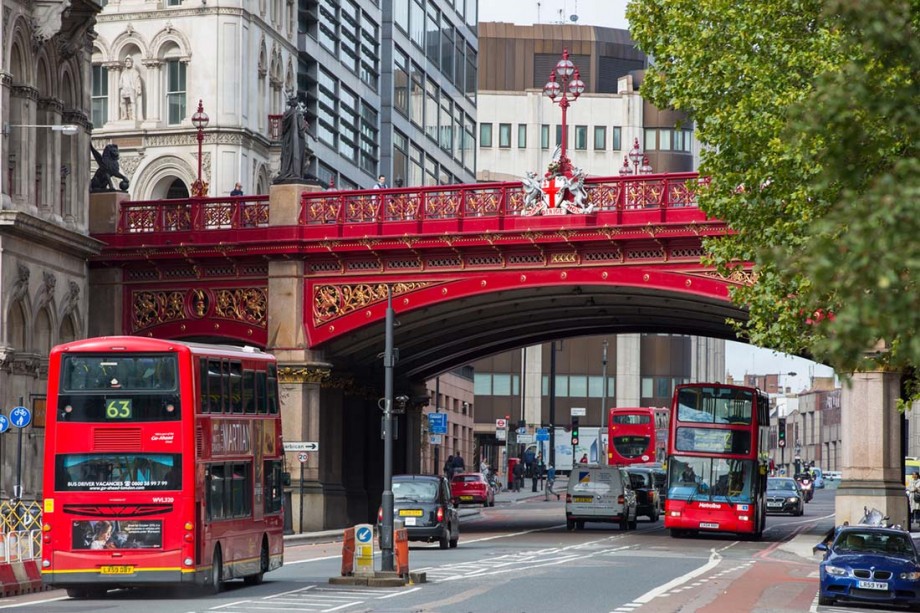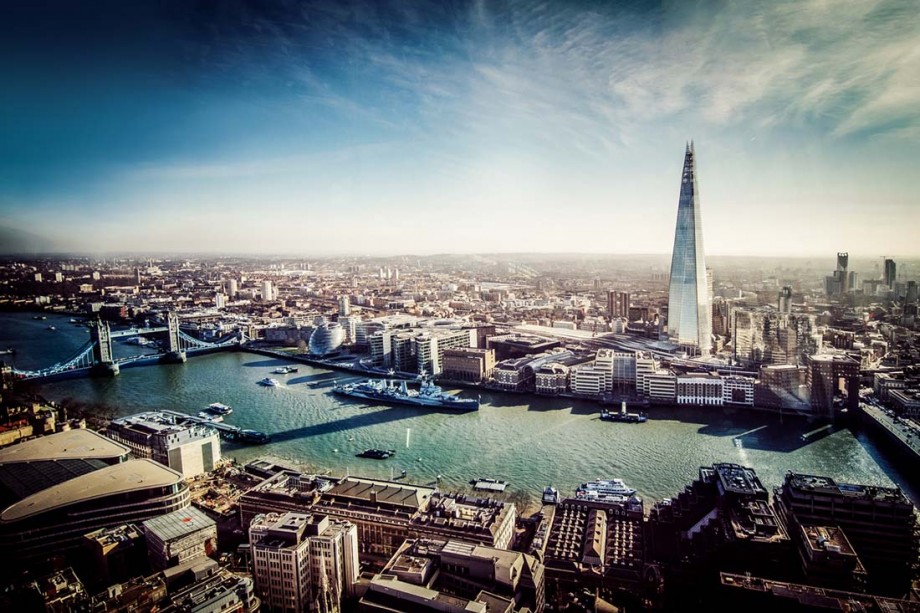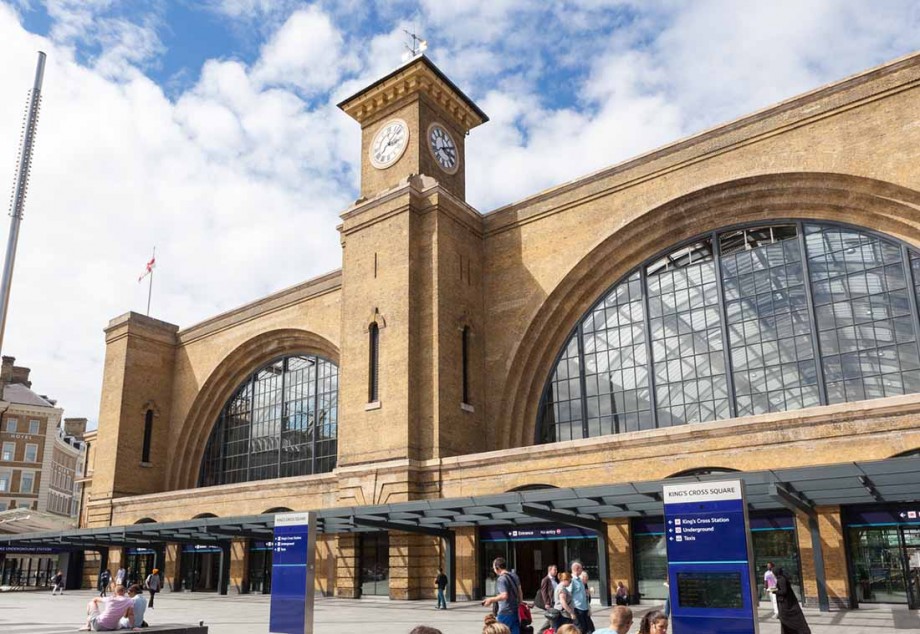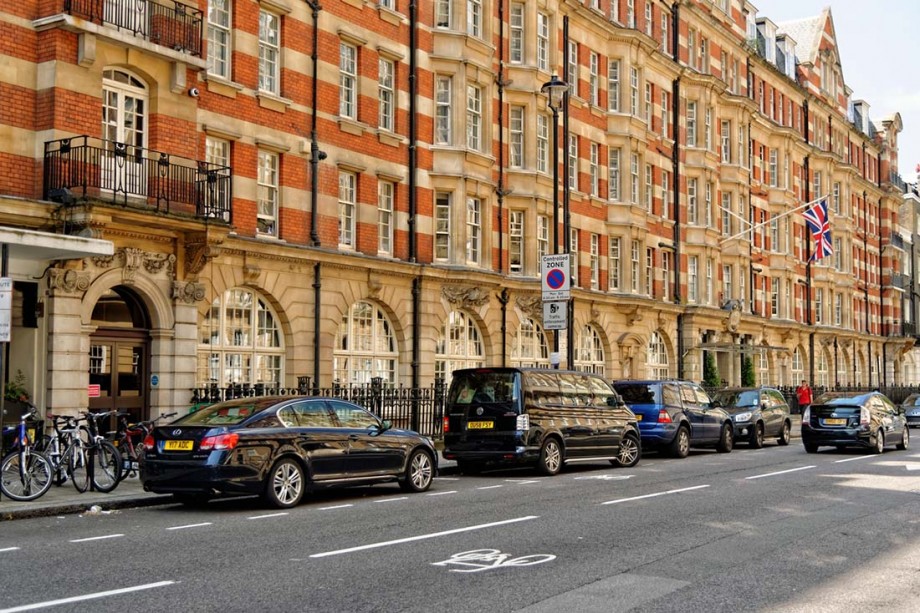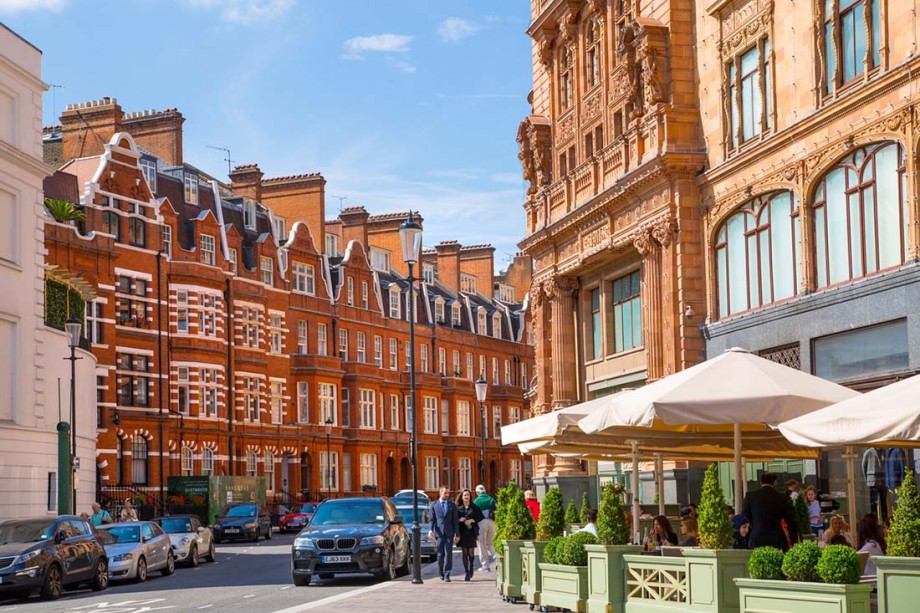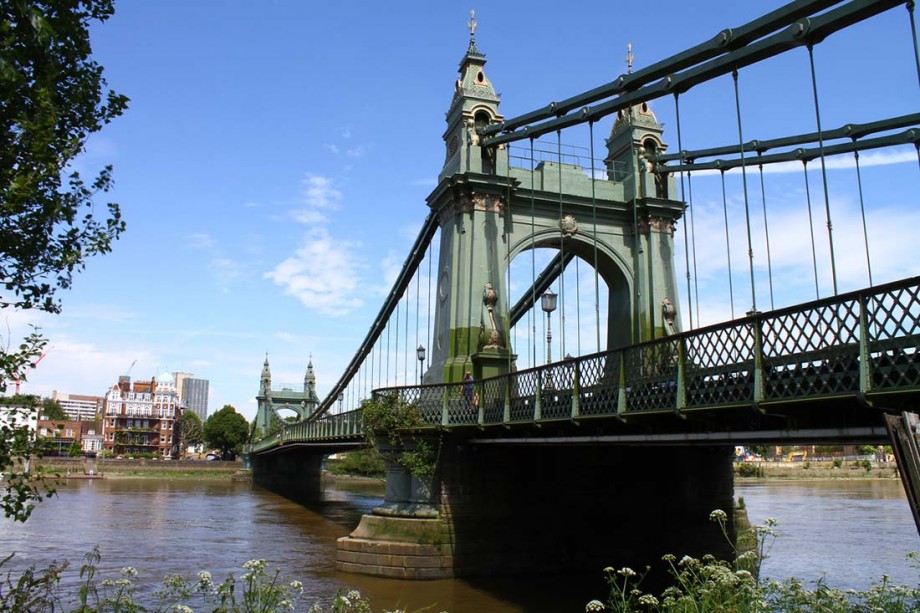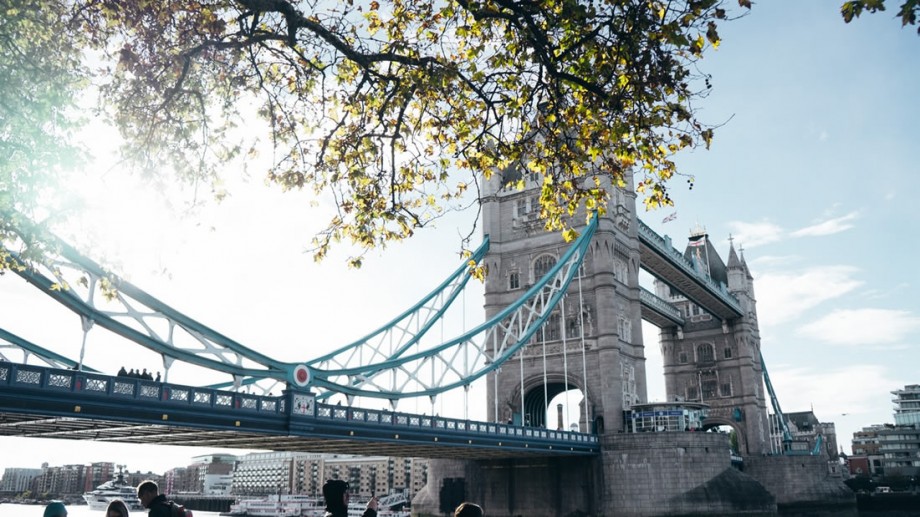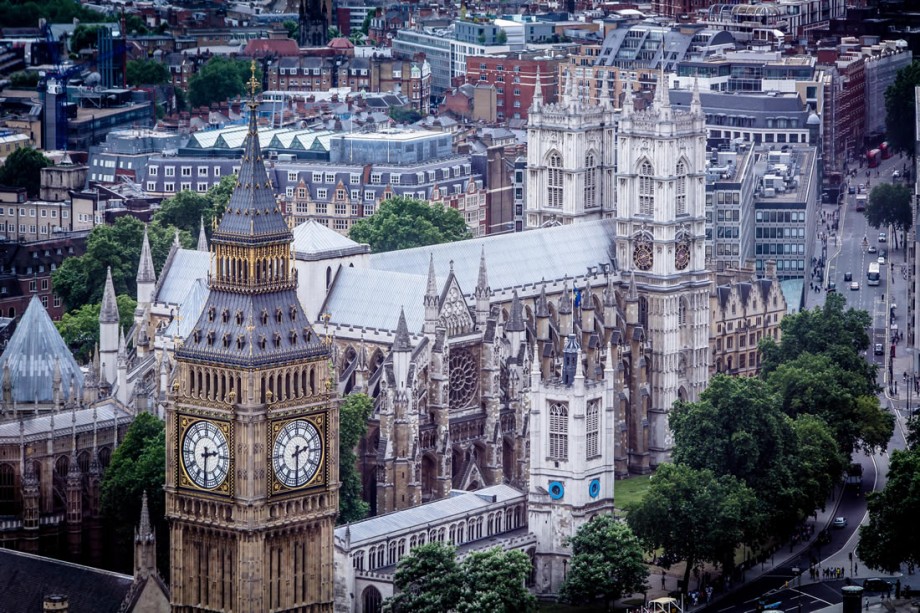Canary Wharf Office Space Guide
Overview of Canary Wharf
The transformation that has taken place in Canary Wharf in the past 20-30 years is nothing short of remarkable. It is now home to huge financial institutions such as JP Morgan, Barclays, Morgan Stanley and Credit Suisse, while the headquarters of The Daily Telegraph are also situated there.
The business district is complemented by a growing range of luxury residential developments and a thriving community of restaurants, bars and nightlife. The nearby ExCeL centre is London’s largest exhibition hall and plays a crucial role in the ongoing development of domestic and international trade in the capital. The arrival of Crossrail in 2018 will also further connect Canary Wharf with north east, west and central London, while providing a through point straight to Heathrow airport. With all that’s on offer in the area, it’s no wonder why office space in Canary Wharf is in high demand.

Offices to Rent in Canary Wharf
Canary Wharf has never rested on its laurels since its ambitious regeneration plans came into fruition during the 80s and 90s. New areas continue to be built to accommodate the arrival of businesses and the construction of its newest district, Wood Wharf, which will be a mixed use development combining residential and business opportunities. This will include 2 million sq. ft. of high quality office space, with a current estimate completion date set for 2023.
Serviced office space in Canary Wharf tends to be the popular choice for businesses operating within the financial sector. The continued expansion of the district bodes well for new finance related companies looking for cost effective options that will enable them to remain close to the beating heart of this thriving mini-city.
In terms of architecture, Canary Wharf is probably one of the most modern in London, due to its emergence in the past few decades. This contemporary feel adds to the cutting edge approach employed by many of the larger institutions located there and is one of the main reasons why start-ups and entrepreneurs want to develop their ventures nearby.
The general view is that renting office space in Canary Wharf is cheaper than in the City, which is an attractive proposition for growing SME’s and those working on a smaller scale to begin with. Co-working office spaces are also on the rise, which provides flexible workspace on short term contracts and access to high-end facilities such as hot-desks, dedicated desks, meeting rooms and networking opportunities, as well as private & fully furnished serviced offices.
Facilities in Canary Wharf
There are over 300 shops, restaurants and bars throughout the Canary Wharf district, so professionals will never be short of options during lunch and after work. This includes some of the finest luxury and boutique brands around, spread across four shopping malls, making it something of a shopper’s paradise.
There are bars, cafés and restaurants spread across the entire estate, meaning workers are never more than a few steps away from quenching their thirst and satisfying those hunger pangs. Whether it is traditional British cuisine or testing the palette against some continental flair, Canary Wharf has it all: from Japanese and Indian, to Chinese and French dining. Some recommendations include ROKA which serves up a variety of Japanese dishes, for something traditional The Ivy in Canada Square offers modern British cuisine and for exceptional steaks try South American restaurant Gaucho.
Art is an integral part of the landscape, with countless sculptures and interactive installations situated throughout the parks and buildings. A detailed arts programme runs across the course of the year, encompassing theatre, galleries, film, music, fashion and dance.
Crossrail Place Roof Garden, Canada Square Park and Jubilee Park provide plenty of greenery to get away from the office, while there are also a few gyms in place to help burn off those extra calories such as Third Space, Pure Gym and Nuffield Health Canary Wharf.
History of Canary Wharf
What was once one of the busiest shipping ports in the world has now been transformed into an integral part of the financial sector in London and the UK. For over 150 years the local docklands was the centre point of international trade, exporting and importing goods from every continent across the globe. The rise of industrialisation in the 60s and 70s saw most of the shipping companies eventually close down and the area become derelict.
Working in tandem with Margaret Thatcher’s government in the mid-to-late 80s, Canadian property mogul Paul Reichmann oversaw the creation and development of the Canary Wharf we see today. The 244m structure of One Canada Square, which houses Grade A serviced offices, saw it become London’s tallest building until the construction of The Shard in 2010, and quickly welcomed a number of the world’s largest banks and finance companies who took root in the district.
Canary Wharf Transport
Canary Wharf station is the central point of access for the estate, running on the London Underground Jubilee line. There are multiple bus routes available and journeying along the Jubilee Line will take you onto London Bridge, Westminster and into the heart of the city. The arrival of Crossrail into the area will also provide a quick route into the centre of the city and beyond. South Quay is located on the south side of the district and places commuters onto the Docklands Light Railway, with Poplar and Blackwall also nearby.
Looking for office space in Canary Wharf?
If you’re searching for serviced office space in Canary Wharf, get in touch with the Prime Office Search team today. We’ll take the time to listen to your business requirements and use our in-depth industry knowledge to help you find the perfect workspace for your business.
Alternatively, you can browse our available offices to rent in Canary Wharf online.
Enquire Now
Featured offices in Canary Wharf

Posted on August 8 2025
The Reasons for Using a Serviced Office in Covent Garden
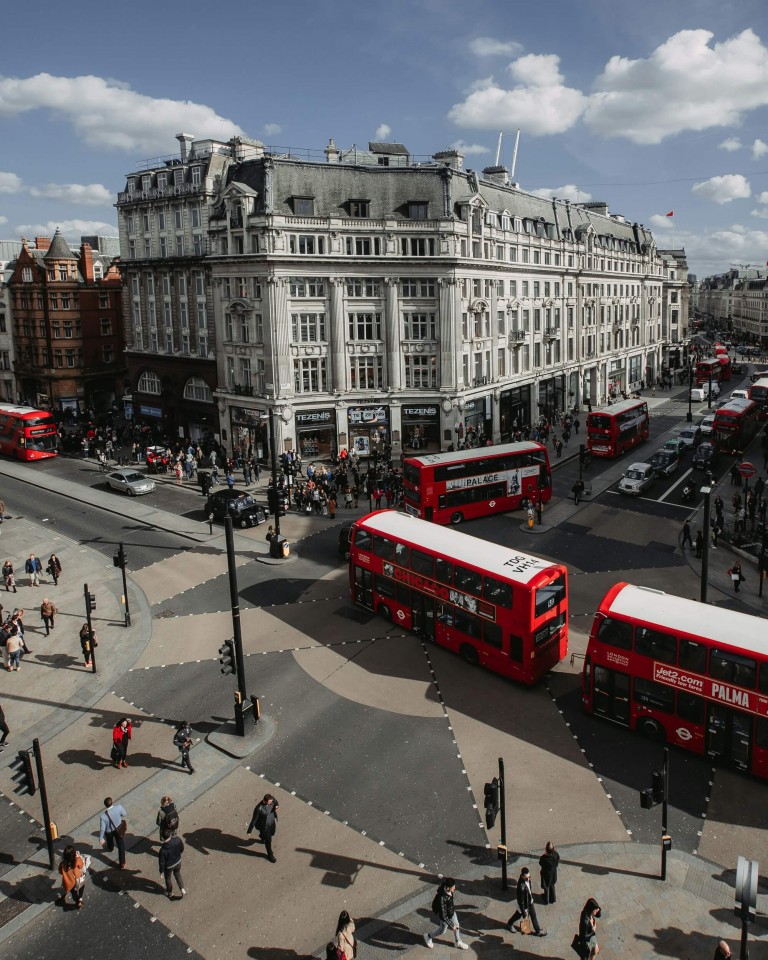
Posted on August 8 2025





